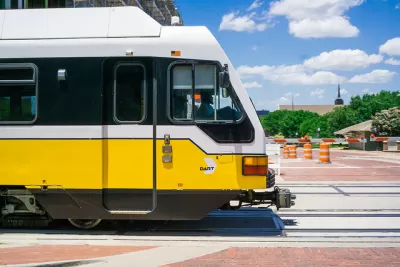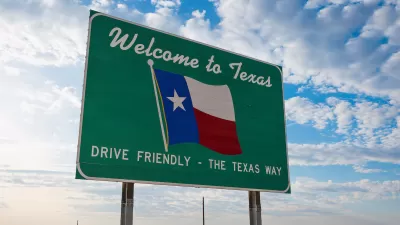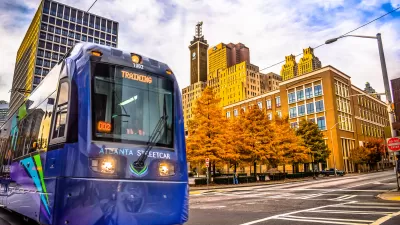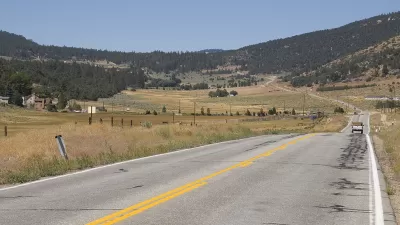APTA's new report suggests that the need for investment is great, but the benefits could be even greater.

A federal infrastructure bill should include at least $232 billion over the next 10 years for critical public transportation projects around the country, the American Public Transportation Association (APTA) says in a new report. That investment would yield $928 billion in economic activity over the next 20 years, the report says.
To tally the needed investment, APTA surveyed member agencies for their priority projects at the local and regional levels. That deficit came to $91 billion, on top of a $89.9 billion backlog for state of good repair programs and $51.2 billion still in the pipeline from the FTA's Capital Investment Grant Program.
In addition to maintenance and repair, transit agencies told APTA they could use funding to modernize their systems through electrification; automated shuttle pilots; and integration with TNCs and other new mobility options.
The report also notes that around 70 percent of Americans support increasing federal funding for public transportation.
FULL STORY: Public transit infrastructure needs at least $232 billion, APTA says

Study: Maui’s Plan to Convert Vacation Rentals to Long-Term Housing Could Cause Nearly $1 Billion Economic Loss
The plan would reduce visitor accommodation by 25% resulting in 1,900 jobs lost.

Alabama: Trump Terminates Settlements for Black Communities Harmed By Raw Sewage
Trump deemed the landmark civil rights agreement “illegal DEI and environmental justice policy.”

Why Should We Subsidize Public Transportation?
Many public transit agencies face financial stress due to rising costs, declining fare revenue, and declining subsidies. Transit advocates must provide a strong business case for increasing public transit funding.

Paris Bike Boom Leads to Steep Drop in Air Pollution
The French city’s air quality has improved dramatically in the past 20 years, coinciding with a growth in cycling.

Why Housing Costs More to Build in California Than in Texas
Hard costs like labor and materials combined with ‘soft’ costs such as permitting make building in the San Francisco Bay Area almost three times as costly as in Texas cities.

San Diego County Sees a Rise in Urban Coyotes
San Diego County experiences a rise in urban coyotes, as sightings become prevalent throughout its urban neighbourhoods and surrounding areas.
Urban Design for Planners 1: Software Tools
This six-course series explores essential urban design concepts using open source software and equips planners with the tools they need to participate fully in the urban design process.
Planning for Universal Design
Learn the tools for implementing Universal Design in planning regulations.
Smith Gee Studio
Alamo Area Metropolitan Planning Organization
City of Santa Clarita
Institute for Housing and Urban Development Studies (IHS)
City of Grandview
Harvard GSD Executive Education
Toledo-Lucas County Plan Commissions
Salt Lake City
NYU Wagner Graduate School of Public Service





























